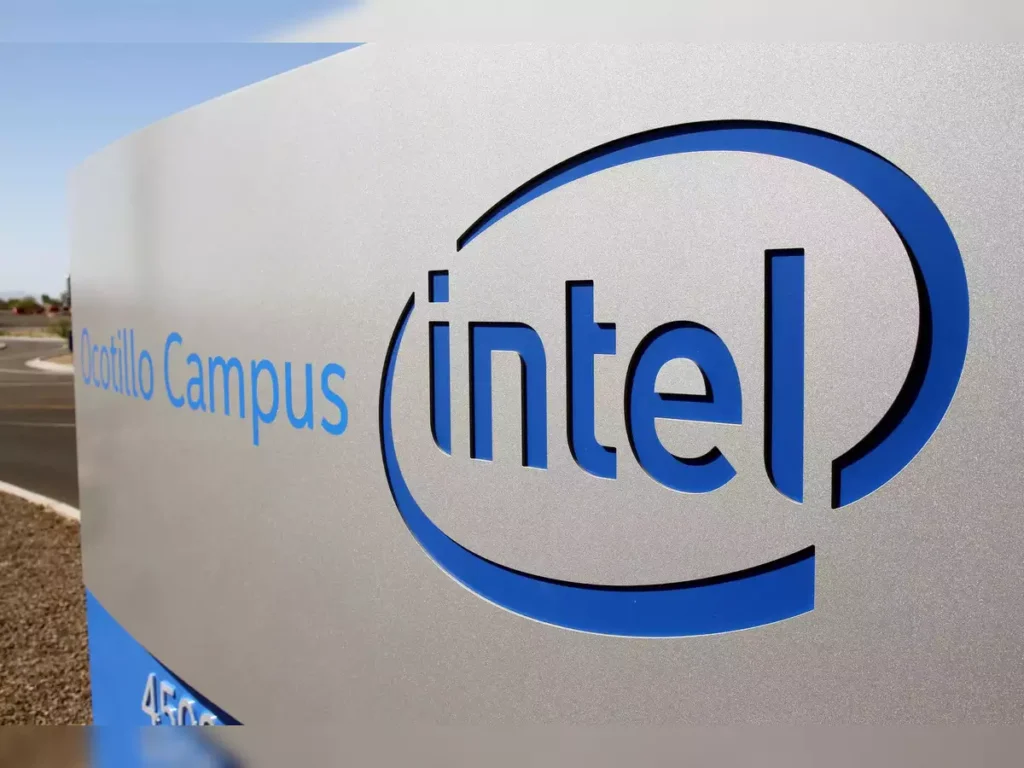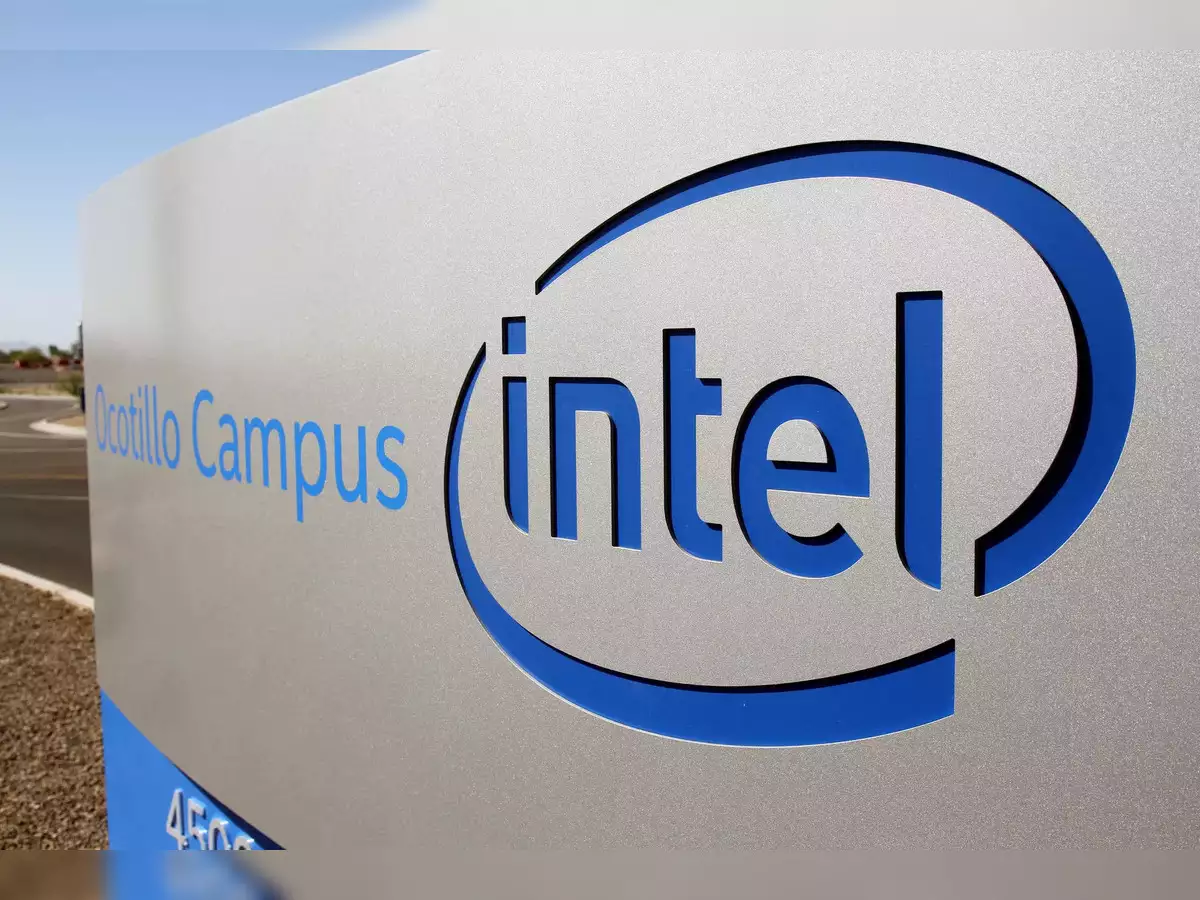
In a surprising turn of events, Intel shares have plunged by 28%, significantly impacting the global semiconductor market. This dramatic drop has not only raised concerns about Intel’s future but also caused a ripple effect, dragging down chip stocks worldwide. This blog delves into the reasons behind Intel’s sharp decline, its implications for the tech industry, and what investors should consider moving forward.
Intel Share Price Drop: An Overview
Intel Corporation, a leading player in the semiconductor industry, experienced a severe decline in its stock price recently. The 28% plunge is one of the most significant drops the company has faced in recent years. This decline has not only affected Intel’s market value but has also led to a broader sell-off in global chip stocks.
Factors Contributing to the Drop
Several factors have contributed to Intel’s sudden stock price drop:
- Disappointing Earnings Report: Intel’s latest earnings report revealed lower-than-expected revenue and profit margins. The company cited challenges in its production processes and increased competition from rivals as key factors affecting its financial performance.
- Supply Chain Issues: Ongoing global supply chain disruptions have impacted Intel’s ability to meet production targets. The shortage of essential raw materials and components has hindered the company’s manufacturing capabilities.
- Increased Competition: Intel faces stiff competition from other semiconductor manufacturers like AMD and NVIDIA. These competitors have gained market share by offering more advanced and cost-effective solutions, putting pressure on Intel.
- Technological Challenges: Intel has encountered delays in rolling out its new chip technologies. This has affected its product lineup and contributed to the company’s lag behind its competitors.
Intel Share Price: Impact on Global Chip Stocks
Intel’s substantial share price drop has had a cascading effect on the global semiconductor market. Many other chip stocks have also experienced declines as investors react to Intel’s poor performance.
Stock Market Reactions
The ripple effect of Intel’s plunge has been evident in the stock market. Companies within the semiconductor sector, such as AMD, NVIDIA, and Qualcomm, have seen their stock prices decline. The overall market sentiment has been negatively affected, leading to a broader sell-off in tech stocks.
Investor Sentiment
Investor confidence in the semiconductor industry has been shaken. Concerns about Intel’s ability to recover and the potential for further declines in the sector have led many investors to reassess their positions. This has resulted in increased market volatility and uncertainty.
Intel Share Price: Future Outlook for Intel
As Intel navigates through this challenging period, several factors will influence its future performance:
- Strategic Reforms: Intel is likely to undertake strategic reforms to address its production and technological challenges. Investors will closely monitor the company’s efforts to regain market share and improve its financial performance.
- Technological Advancements: The company’s ability to accelerate the development and deployment of its new chip technologies will be crucial. Success in this area could help Intel recover its competitive edge.
- Market Conditions: Broader market conditions and global economic factors will also play a role in shaping Intel’s future. The semiconductor industry remains highly dynamic, with rapid technological advancements and shifting market trends.
Table of Contents
Conclusion
Intel’s 28% share price plunge has sent shockwaves through the semiconductor industry, affecting global chip stocks and investor sentiment. While the company faces significant challenges, its future will depend on its ability to adapt to changing market conditions and implement effective strategic reforms. As always, investors should stay informed and consider the potential risks and opportunities in the evolving tech landscape.





